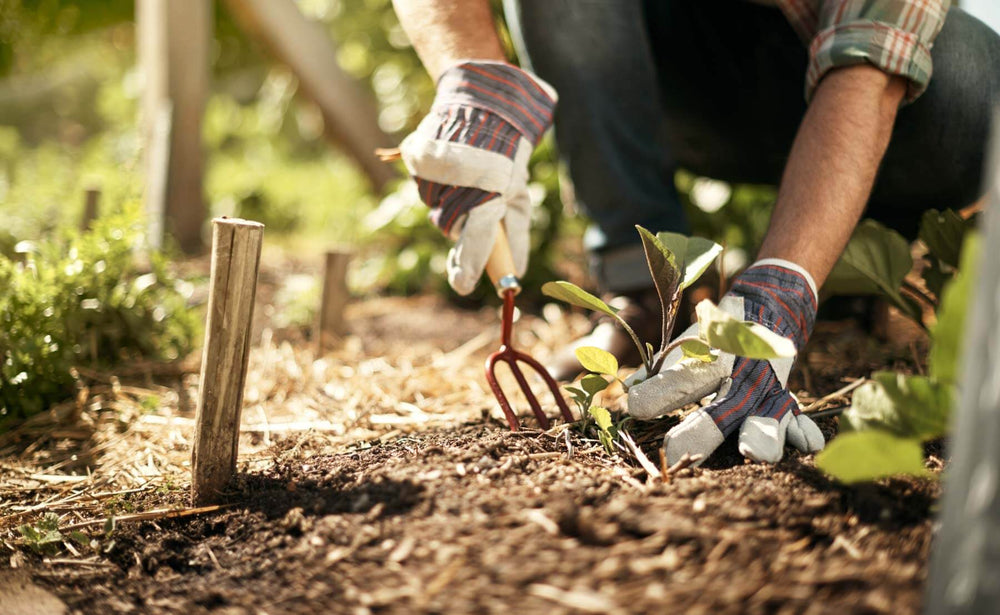Because organic gardeners usually want to avoid using pesticides of any type, they grow plants in ways that help prevent pests and diseases from gaining a foothold. These techniques work in any garden—organic or not.
- Right plant, right place. Give plants the most ideal conditions possible, and they'll grow healthy and strong and better able to resist pest and disease attacks. Pay attention to requirements for sun exposure and spacing, which can be found on the plant tags or product description pages for veggiesand herbs. Be sure to water regularly, too.
- Choose disease-resistant varieties. This info will be included on product description pages as well.
Space plants correctly. Adequate airflow between plants reduces many disease problems.
- Rotate crops. Changing crop locations year to year is a key tactic in foiling pest attacks. Just moving a crop a few feet makes it impossible for some insects to find their necessary food supply.
- Keep a clean garden. Gather and dispose of fallen leaves and fruit. Clip diseased leaves.
- Inspect crops daily. When you catch pest or disease problems early, they're much easier to control.
Choose Simple, Hands-on Solutions
Combat pests or diseases using the simplest solution possible, which usually means hands-on gardening. For example, hand-pick caterpillars off broccoli or cabbage and drop them into soapy water. Dislodge aphids with a blast of water from a garden hose or handheld sprayer. Use floating row covers to keep pests from reaching plants.

If simple, hands-on techniques don't beat pest or disease outbreaks, organic and sustainable gardeners will turn to natural chemicals, or pesticides. These materials may be:
- derived from plants or natural sources, such as insecticidal soap, neem oil or pyrethrin
- naturally-occurring bacteria or microbes, such as Bt (Bacillus thuringiensis) or spinosad
developed from natural minerals, such as sulfur or copper for disease control
When using natural chemicals, follow label instructions carefully.
If you need to use a synthetic compound, select the most targeted one and apply it carefully, treating only necessary plants and avoiding spraying beneficial insects (especially when using insecticides).




 Herbs
Herbs
 Vegetables
Vegetables
 Fruit
Fruit
 Flowers
Flowers
 Succulents
Succulents


